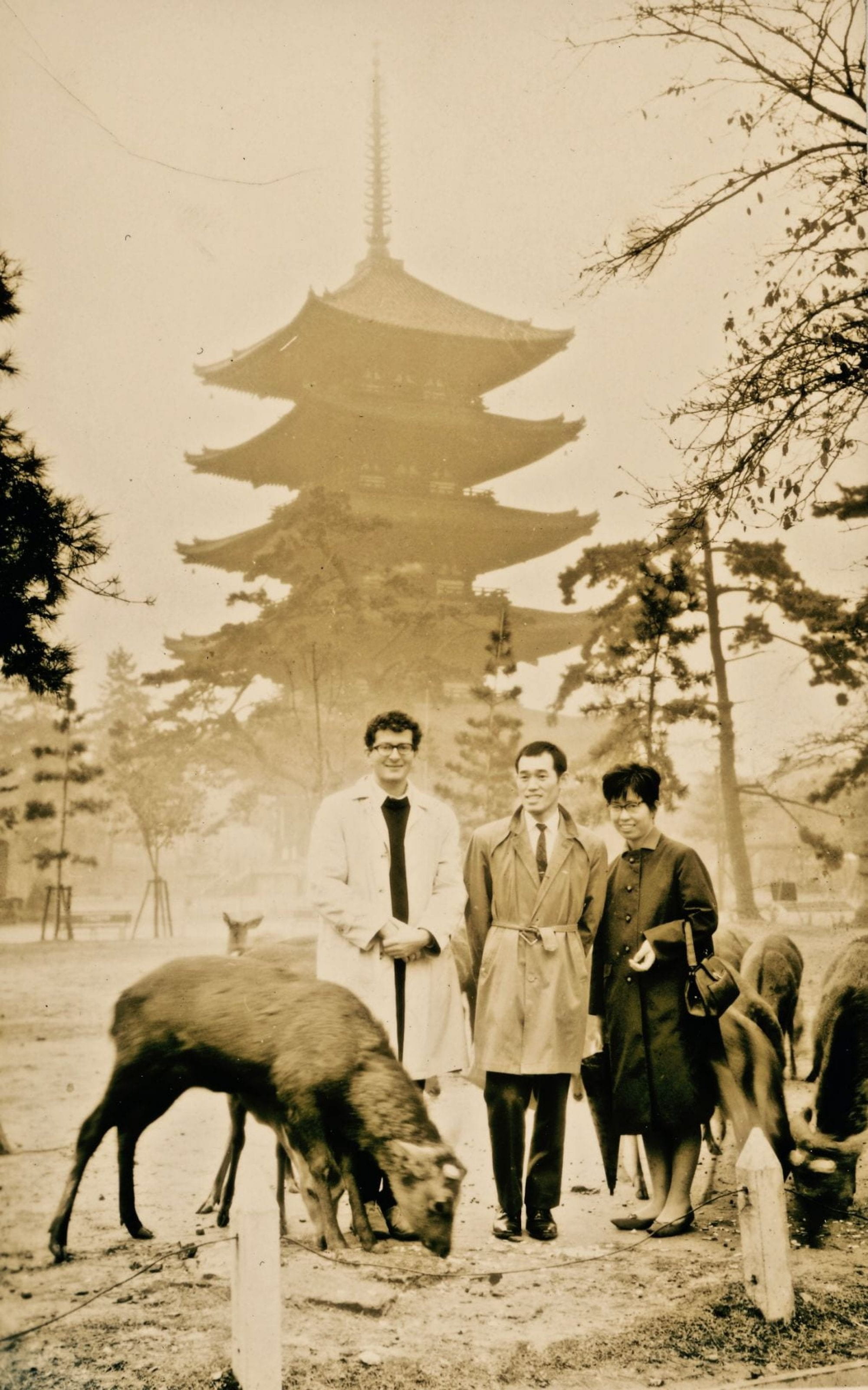
Lady Ise
Even for a time
Short as a piece of the reeds
In Naniwa’s marsh,We must never meet again:
Is this what you are asking me?
Artist: Kitao Masayoshi (Japanese, 1764–1824) (later adopted the name Kuwagata Keisai)
Title: Hyakunin isshu
Date: Unknown, originally published ca. 1815
Medium: Woodblock print, 22.3 cm x 14.5 cm
Gift of Arthur Tress, Box 10, Item 16
Hyakunin isshu is based upon the classical poetry compilation Hyakunin isshu, or One hundred people, one poem (each), selected by Fujiwara no Teika in the twelfth century. This original compilation comprises of one hundred courtly poems spanning from the seventh century to Teika’s time, written in the style of the Japanese tanka, or waka, an early poetic form meaning “Japanese poetry” as opposed to Japanese poetry written in the Chinese language. In this way Hyakunin isshu represents the impulse to forge a distinctively Japanese poetic identity, separating courtly poems from their occasions to combine them into the singular aestheticized project we know today. From its conception in pre-modern Japan, Hyakunin isshu has since transformed from a material artifact into a historicized text that is reinterpreted and decontextualized time and again, much in the same manner of classical Western texts such as The Iliad and The Odyssey. Since the fifteenth century there are records of commentaries published alongside Hyakunin isshu, and, by Masayoshi’s time, Hyakunin Isshu had gained such accessibility and widespread appeal that it prompted almost every major ukiyo-e artist to try a hand at illustrating the poems, inspired the playing cards uta-garuta, and effectively blurred the line between “high” and “low” culture.
Kitao Masayoshi’s Hyakunin isshu stands out in two ways. First, in other impressions, the title includes the word tenarai (手習), which translates to practicing writing with a brush. The impression in the British Museum contains illustrations only, so that readers may take up the brush and add the poems themselves. Second, Masayoshi’s style is curiously simple: the spread of colors, marked by hard outlines, affirms its own stripped-down beauty. A pupil of Shigemasa, Masayoshi experimented with various styles throughout his lifetime, from a typical ukiyo-e style to an adaptation of the Chinese technique. As for Hyakunin isshu, Masayoshi chose a symbolic, representational style that stands directly in contrast to the highly realistic style of Western art at a time, evoking the heart of an abstract, classical time with a language of his own.
There are currently few known copies of Masayoshi’s Hykaunin Isshu. One is an unwritten version in the British Museum; another is a copy with handwritten poems up to the twenty-eighth page, formerly in the Odin collection. According to the NIJL catalogue, two additional copies are held in the Gifu Municipal Library; one of these is digitized and does not include writing. The other is listed as part of Nakano Mitsutoshi’s collection. Our copy is rare among known copies in that all the poems have been added in print. An elegant landscape illustration is furthermore found on the first page, unseen in the British Museum version, and the year of publication is unknown, making it a unique and much mysterious case.
Selected Readings
David Chibbett, The History of Japanese Printing and Book Illustration (New York: Kodansha International Ltd., 1977)
Earl Miner, An Introduction to Japanese Court Poetry (Stanford: Stanford University Press, 1968).
Jack Hillier, The Art of the Japanese Book (London: Philip Wilson Publishers Ltd., 1987).
Joshua S. Mostow, Pictures of the Heart: The Hyakunin Isshu in Word and Image (Honolulu: University of Hawai’i, 1996).
Posted by Kelly Liu, Fall semester, 2019

